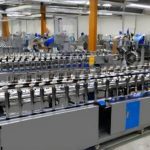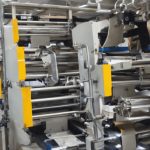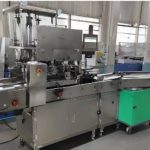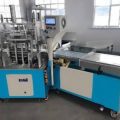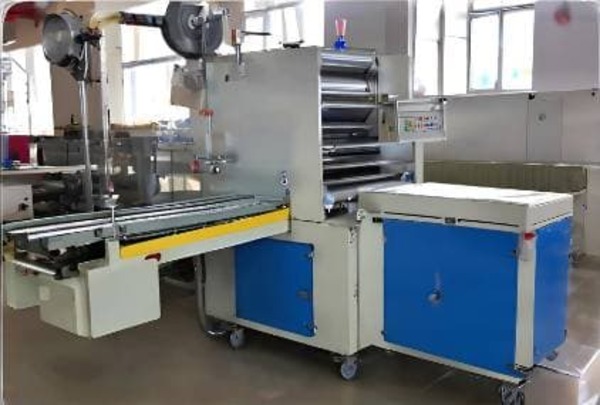
The Evolution of Foil Packaging
Foil packaging has become an integral part of our daily lives, from preserving the freshness of our food to protecting sensitive electronic components. But how exactly is foil packaging made? This article delves into the intricate process of creating foil packaging, highlighting the role of advanced machinery such as the air cushion packaging machine.
The Raw Materials
Aluminum Foil
The primary material used in foil packaging is aluminum. Aluminum is chosen for its excellent barrier properties, lightweight nature, and recyclability. The aluminum used in foil packaging is typically alloyed with small amounts of other metals to enhance its strength and flexibility.
Other Materials
In addition to aluminum, other materials such as plastics and paper may be laminated with the foil to provide additional strength, heat resistance, and printability. These materials are carefully selected based on the specific requirements of the packaging application.
The Manufacturing Process
Rolling
The manufacturing process begins with the rolling of aluminum ingots into thin sheets. These sheets are progressively thinned through a series of rolling mills until they reach the desired thickness. The rolling process is critical as it determines the foil’s thickness and mechanical properties.
Annealing
After rolling, the aluminum sheets undergo annealing, a heat treatment process that softens the metal and enhances its ductility. Annealing is essential for ensuring that the foil can be easily formed into various shapes without cracking or breaking.
Lamination
In many applications, the aluminum foil is laminated with other materials such as plastic films or paper. This lamination process involves bonding the layers together using adhesives or heat. The laminated foil provides a multi-layered barrier that offers superior protection against moisture, light, and air.
Forming and Cutting
Forming
Once the foil is laminated, it is formed into the desired shape using specialized machinery. This forming process can involve stamping, folding, or molding the foil into containers, pouches, or wraps. The precision of the forming process is crucial for ensuring that the packaging meets the required specifications.
Cutting
After forming, the foil packaging is cut into individual units. This cutting process is performed using high-speed cutting machines that ensure clean and precise edges. The cut pieces are then inspected for quality and consistency before moving on to the next stage.
Printing and Coating
Printing
Many foil packaging products are printed with branding, nutritional information, or usage instructions. The printing process involves applying inks to the foil surface using techniques such as flexography, gravure, or digital printing. The choice of printing method depends on the complexity of the design and the production volume.
Coating
To enhance the foil’s performance and appearance, a protective coating may be applied. This coating can provide additional barrier properties, improve heat sealability, or add a glossy finish. The coating process is typically performed using roll-to-roll coating machines that ensure uniform application.
The Role of Air Cushion Packaging Machines
Protective Packaging
Air cushion packaging machines play a vital role in the packaging industry by providing protective packaging solutions. These machines create air-filled cushions that can be used to protect foil packaging products during transportation and storage. The air cushions absorb shocks and prevent damage, ensuring that the products reach their destination in perfect condition.
Efficiency and Sustainability
Air cushion packaging machines are designed to be highly efficient, producing air cushions quickly and with minimal material waste. This efficiency not only reduces production costs but also contributes to sustainability by minimizing the environmental impact of packaging materials.
Conclusion
The process of making foil packaging is a complex and highly specialized endeavor that involves multiple stages, from rolling and annealing to forming, cutting, and printing. Advanced machinery, including air cushion packaging machines, plays a crucial role in ensuring the quality and protection of foil packaging products. As technology continues to evolve, we can expect further innovations in foil packaging that will enhance its performance and sustainability.
